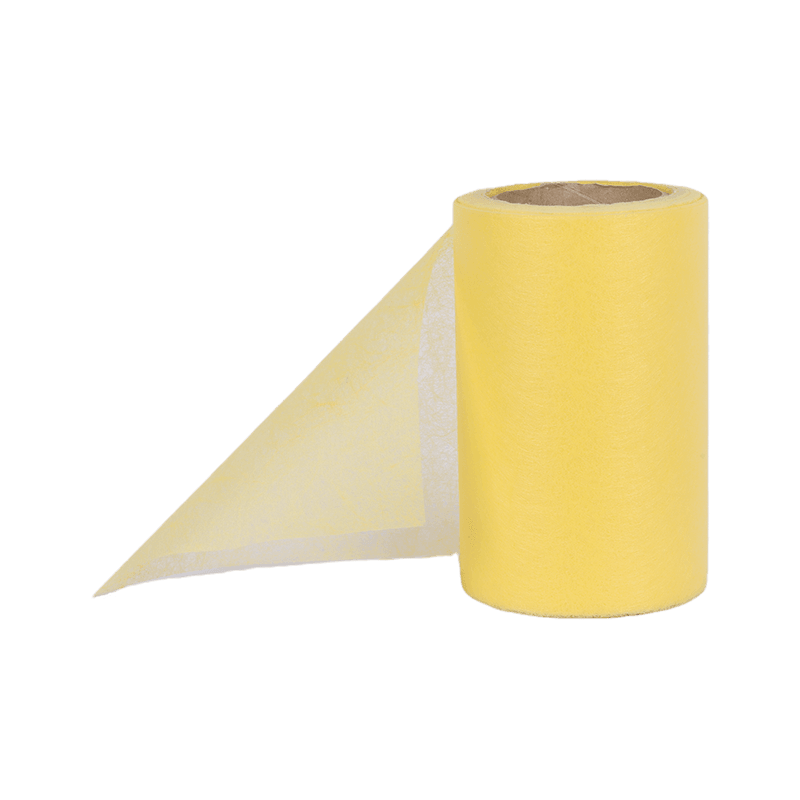A nonwoven fabric roll comprises a paper tube and a nonwoven fabric arranged in a plurality of layers. The rolls are stably wound, have good texture, and are suitable for various applications. Moreover, they have excellent mechanical strength and processing suitability. They are suitable for warms, masks, and other sanitary materials. It is also used for base fabrics, such as tarpain, tape, and first aid base fabric.
In order to produce a nonwoven fabric roll, the short fibers can be produced by various methods, including air-laying, wet papermaking, and carding. When the short fibers are heated to the temperature at which heat-fusible fibers are fused, the nonwoven fabric is formed. Nonwoven fabric rolls are available in various embossings and prints. These rolls are available in various diameters and widths. Some of these rolls are wound around a cylindrical paper tube. Rolls with shorter lengths can be processed easily and can be wound stably. But nonwoven fabric rolls with longer lengths can have slack. This can cause distortions of the texture.
The paper tube can be preferably thicker than 4 mm. The inner layer is 10% of the paper tube's side. In general, the roll's diameter is 30 cm. If the winding density is higher than 0.400 g / cm 3, the nonwoven fabric roll will be misaligned. Furthermore, the deformation wrinkles will not enter the end faces of the nonwoven fabric roll.
The outer layer is defined as the outermost 10% of the nonwoven fabric roll. Nonwoven fabric rolls are usually winded around a cylindrical paper tube. However, the tube can sometimes come off of the roll. As a result, the roll's corners are often subject to large curing effects. Therefore, it is necessary to provide the outermost end of the nonwoven fabric roll with a curing sheet.
The roll's surface friction coefficient MIU is less than 0.050. However, if the surface friction coefficient is greater than 0.050, it can lead to rolling or meandering. Hence, a nonwoven fabric roll should have a roll slip strength of at least 8.0 N*m. Besides, the roll should have an average thickness of at least 1.00. The roll's average thickness is calculated by measuring the thickness of the nonwoven fabric in the range of the inner layer and the outer layer.
Since the paper tube can be crushed, it is important to maintain its consistency. For this purpose, the nonwoven fabric's winding density should be between 0.175 and 0.310 g / cm 3. Although the thickness is not limited, it is better to provide a thickness between 1.00 and 1.25.
Generally, the outer layer of the nonwoven fabric is slit stably and the inner layer is soft. However, processing the nonwoven fabric roll may cause slackness and the paper tube can sometimes be misaligned. The winding density is also very important for the stability of the nonwoven fabric roll.
To solve these problems, the present invention provides a nonwoven fabric roll with excellent processing suitability, handleability, and texture. For instance, the nonwoven fabric roll can be wound stably and can be used for tarpain, tape, and first-aid base fabric.
 PP Coarse Denier Nonwoven
PP Coarse Denier Nonwoven
